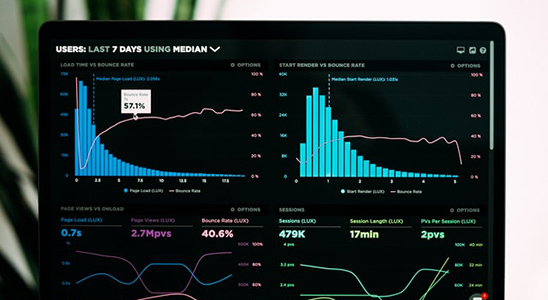E-commerce isn’t just convenient for customers — the data attached to it can help guide business owners in decisions to grow. But e-commerce analytics can be confusing, if not downright daunting. Here’s how small businesses can capitalise on analytics to help their e-commerce grow.
Determine the most essential analytics to monitor your goals.
Small business owners can quickly become lost in all the data that’s possible to track with online sales. Besides total sales, determine which metrics are most essential for you to track for your business goals. For example, if your goal is to increase your social media presence, monitor the analytics that determine where the traffic from your sales are coming from to see if your extra social media efforts are paying off. Determine which analytics best help you choose next steps for your company, and pay the most attention to those. Find a happy medium between only looking at overall sales, and wasting time spent analysing every snippet of data.
Consider analytics from long term customers — and customers who don’t finalise the sale.
Bringing in new customers is great, but pay attention to the metrics that offer insight into returning customers. Look at statistics like the customer lifetime order value to see how much of your business is return customers. On the flip side, be sure to watch analytics on abandoned shopping carts and strategise ways to get customers to finish those sales.
Become familiar with the tools at your disposal.
What analytics tools are already built into your e-commerce platform? Take the time to really dig into all the different tools and features. You may find options like automated reports that can help you save time or even reach your sales goals. Don’t just consider the platform you are using, however, third-party platforms can often offer more analytical data than the e-commerce platform alone.
Ask the customers.
A computer can tell you how many sales you are getting, where those sales originate from, how often those customers are buying, and what they are buying. But there’s still a lot that a computer can’t tell you. As a small business owner, stay on top of customer complaints, feedback and reviews. Use customer feedback — or even a survey — right alongside e-commerce analytics to guide your next steps.
Find tools to make analytics effortless.
Following e-commerce analytics is important, but let the computer do (most) of that work for you. Use the automated tools that your e-commerce provider offers to make it easy to see your analytic data on a regular basis. Look for third-party tools that can help you decipher all the data to find what’s most essential to your business.
